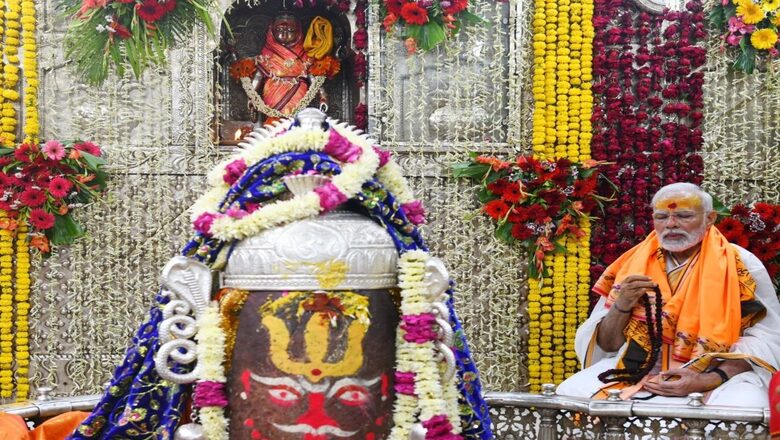
views
The revival of Indian culture through the rejuvenation, restoration, and refurbishing of holy temples holds paramount significance in shaping the strength and identity of a nation. The cultural heritage of a society is the culmination of its values, traditions, and shared experiences, fostering a sense of unity and purpose. India’s unity is deeply rooted in its culture, which has thrived for over 5000 years and serves as a unifying force transcending geographical and political boundaries.
Central to Indian culture is Hinduism, which is not just a religion but a comprehensive way of life. The ethos of Indian culture has been intertwined with the principles of Hinduism, and its core philosophy of coexistence and Vasudhaiva Kutumbakam. Hinduism has provided the foundation upon which various sub-cultures have emerged and evolved over time, contributing to the rich tapestry of Indian cultural heritage.
Throughout history, India’s culture has faced challenges from invaders and colonizers who aimed to dismantle its cultural fabric. The Islamic invaders targeted temples, which were not only places of worship but also centres of education, art, dance, music, and culture. Despite these challenges, India’s cultural resilience has stood the test of time.
Cultural revival entails the restoration and revitalisation of shared cultural aspects that may have been eroded due to colonisation, oppression, or cultural dominance. One of the prominent ways of achieving this revival is through the restoration and refurbishment of holy temples, which have been symbolic repositories of India’s cultural heritage. These temples have been centres of art, education, spirituality, and culture, embodying the essence of India’s rich history.
During the medieval period, Indian culture was revived by Adi Shankaracharya who consecrated Char Dhams namely Badrinath, Rameshwaram, Dwarka and Puri; in the four corners of Bharat, the underlying cultural unity and integrity of the country. In recent times, there has been a concerted effort to revive and restore these temples, driven by a cultural awakening led by Prime Minister Narendra Modi. PM Modi’s initiatives reflect a deep-rooted commitment to rejuvenating India’s cultural heritage. The construction of the Ram Mandir in Ayodhya and the Kashi Vishwanath Corridor, Mahakal at Ujjain, Kedarnath beautification and many such projects exemplify these efforts. These projects go beyond religious significance; they signify the resurgence of cultural nationalism and pride.
The revival of temples serves as a cornerstone for cultural resurgence, acting as pillars of India’s cultural identity. These initiatives not only restore physical structures but also rekindle the cultural spirit they embody. PM Modi’s leadership has been instrumental in fostering a cultural renaissance, reconnecting people with their heritage.
Furthermore, PM Modi’s initiatives extend beyond the construction and restoration of temples. They encompass a holistic approach to a cultural revival, including the promotion of religious tourism, the restoration of heritage sites, and the repatriation of stolen artefacts. He brings back the looted and stolen cultural heritage of India wherever he goes. The cultural rejuvenation under his leadership is not limited to religiosity but encompasses a broader appeal that resonates with a diverse spectrum of Hindus. How Yoga, which is India’s gift to the world, has become a part of the United Nations (UN) after it declared 21st June as Yoga Day is a testimony to the fact that PM Modi is using international platforms to spread Indian culture and its basic tenants. What Swami Vivekananda did with his speech in Chicago, PM Modi is doing with his various efforts.
In essence, the revival of Indian culture through the rejuvenation, restoration, and refurbishing of holy temples is a multi-dimensional effort to revive the nation’s rich heritage. PM Modi’s leadership has played a pivotal role in this cultural resurgence, setting the stage for a new era of cultural renaissance and reconnecting people with their roots.
As India continues its journey towards cultural revival, the restoration of holy temples stands as a testament to the enduring spirit of the nation, reinforcing the profound relationship between culture, identity, and unity.
The author is an independent writer and commentator. Views expressed in the above piece are personal and solely that of the author. They do not necessarily reflect News18’s views.




















Comments
0 comment